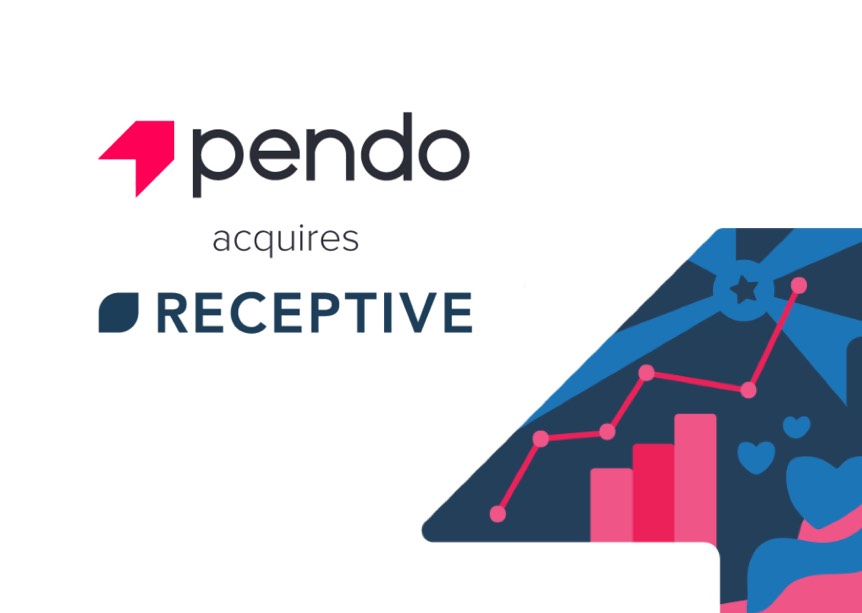The funny thing about SaaS companies is that we often end up buying from a lot of other different SaaS companies. Here at Receptive, for example, we use products from Chartmogul, Stripe, Hubspot and Agorapulse to Google for Business, Zendesk and Salesforce, to name just a few.
There’s a lot of choice out there and it can be difficult to weigh up all the pros and cons when it comes to making a purchasing decision.
With that in mind, we thought we’d produce a list of 3 things you should check before you buy a SaaS product. Hopefully this will help.
1. What features do they have planned?
While the obvious thing to do is see what features software currently has, not many people think about looking to the future.

The SaaS world moves surprisingly fast and so features you want right now aren’t always features you want down the line.
It’s worth taking the time to find out what the SaaS company has planned for their product, both in the short-term and long-term, so that you can see how the product will evolve once you’re a customer.
A lot of SaaS companies have started publishing public roadmaps, or at least one for customers and prospects to see. That can offer a great deal of information about where the product is likely to develop.
You should be looking out for features that you anticipate will be useful to you in the future.
Do be aware that just because something is on the roadmap it doesn’t mean it’s definitely going to be released. Priorities change. However, it’s a great sign if you can see a SaaS product is being actively developed, especially if it aligns nicely with your own requirements.
If they don’t have a public roadmap, then your best bet is to speak to their Sales team, or whoever your contact is, and ask them for an idea of where the product is heading.
2. What is their Product Feedback Policy?
We’ve written a great deal on the importance of a Product Feedback Policy.
But a PFP isn’t only useful for you to have as a SaaS organization, it’s also useful for you to read as a customer.
If a company has a PFP, then it shows they’re taking feedback seriously. That means they’re taking you seriously. A good PFP will outline how your service provider will collect and use your feedback to determine how their product develops.
Most companies that have a PFP will make it fairly accessible in their help documentation or on their site (like ours, for example).
If they don’t have a PFP, then you should consider asking them why they don’t have one, and how they currently manage their customer feedback.
A SaaS company that isn’t taking feedback seriously won’t be taking your needs and demands seriously, and that could lead to problems further down the road.
3. How much help do they offer?

At Receptive, we pride ourselves on our quick and knowledgeable Support, as well as our Customer Success packages that help our customers make the most of our product.
Unfortunately, some SaaS companies don’t invest the time and effort needed to make their customers’ lives as easy as possible.
Learning new software can sometimes be a challenge and the last thing you want to do is to buy software and then not have any idea how you’re actually supposed to use it.
So, before you purchase any software, you should check what sort of support is on offer.
Do they have a phone number, email, or live chat you can contact should you have a query? How comprehensive are their help docs and knowledge base? Will you be assigned a Customer Success Manager to keep you on the right track?
These are some of the questions you should be finding out the answers to, either through your own research or simply by asking your Sales contact at the SaaS company in question.
It might not seem too important right now, but it definitely will be once you start using the product.
Summary
To conclude, there are lots of important factors to consider when buying a SaaS product, ranging from the obvious (price, reviews) to the not-so-obvious.
The three we mentioned in this article are things that aren’t so obvious and so hopefully we’ve helped you realize that you should be keeping an eye out for them.
Those three factors are:
-
What features do they have planned?
-
Do they have a Product Feedback Policy?
-
How much help do they offer?
Those factors should help your decision making process go that little bit smoother and will help to ensure you make the right purchasing decision.




